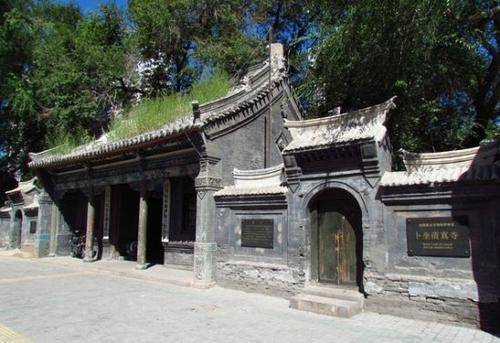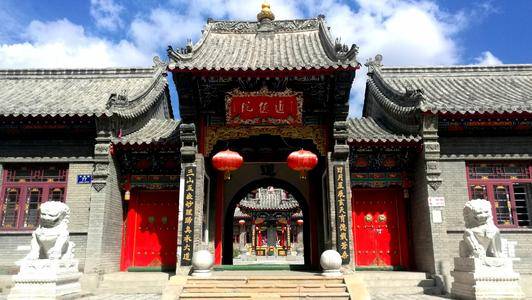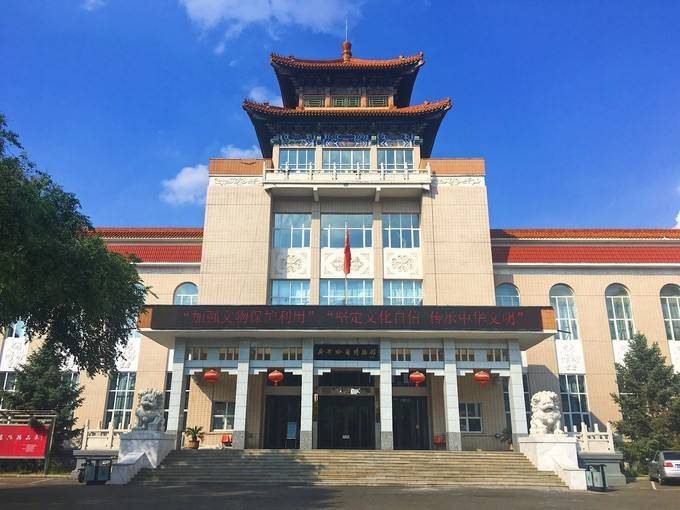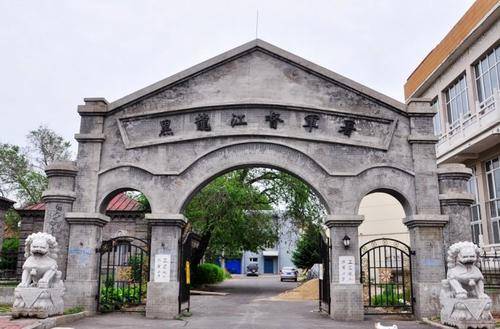The origin of Longsha Park is related to the Boxer Rebellion. During the invasion of China by the Eight-Nation Alliance, Russia sent heavy troops to occupy Northeast China and also occupied Qiqihar, the capital of Heilongjiang Province. By the 33rd year of the Guangxu reign, the Russian army still had not withdrawn. At that time, the granary had been plundered, and the site of the granary was also occupied by the Russian army. Meanwhile, the Russian army built the Russian Consulate in Qiqihar on the western part of the granary site, and the first consul moved in in June of the same year. To maintain ownership of the land, Cheng Dequan reclaimed the land from the Russians under the pretext of creating a park.
During the Kangxi period of the Qing Dynasty, in order to resist the invasion of Tsarist Russia, the battle base was established in the Qiqihar area according to the decree of Emperor Kangxi, and the Bukui Post Station was established near the Mashen Temple, marking the beginning of the construction of Qiqihar City. At that time, immigrants from Shandong and Hebei were stationed at the border, including a large number of Hui people. According to their religious traditions, they built mosques wherever they went. Thus, during the construction of Qiqihar City in 1684, several mosques were built, including the initial East Mosque. After multiple renovations and expansions, it has evolved into the Islamic religious building with Chinese national characteristics that we see today. Bukui Mosque consists of three parts: East, West, and Women's sections. It is one of the largest and best-preserved mosques in Heilongjiang Province. The exquisite architectural art of the East Hall (Prayer Hall) and the kiln hall of the mosque integrates religious and classical Chinese architectural styles.
Wujiao Moral Academy
"Wujiao Moral Academy" is a religious site that integrates Confucianism, Buddhism, Taoism, Christianity, and Islam. In April 1923, Chen Fuling, president of the Provincial Charity Association, and others, using the excuse of "moral decay in modern times," advocated the integration of Confucianism, Buddhism, and Taoism, as well as Christianity and Islam, into a unified "Five Religions." Their aim was to "educate disaster victims, preach, and promote the great unity of different peoples." This led to the establishment of the Wujiao Moral Academy in Harbin, Heilongjiang Province.
Qiqihar City Museum
The museum houses more than 5,000 cultural relics. It is a comprehensive museum that focuses on local history and art, systematically showcasing the long history and culture of Qiqihar. It integrates the collection, archaeology, preservation, research, and exhibition of cultural relics. The museum systematically collects and displays precious relics reflecting the ancient, modern, and contemporary history of Qiqihar. Through basic and various special exhibitions, it comprehensively showcases the local historical development and splendid culture to the public, introducing Chinese civilization and outstanding world cultures.
Heilongjiang Military Governor's Office
Established in the second year of the Republic of China (1912), the Heilongjiang Military Governor's Office was under the jurisdiction of the Beiyang Government and served as the command organ of the national army. Former Heilongjiang governors Song Xiaolian, Zhu Qinglan, Bi Guifang, Bao Guiqing, Wu Junsheng, Wan Fulin, Ma Zhanshan, and other twelve important military and political figures of Heilongjiang set up offices here. This place was also the command post for Ma Zhanshan's Jiangqiao Anti-Japanese War during the Republic of China period.













